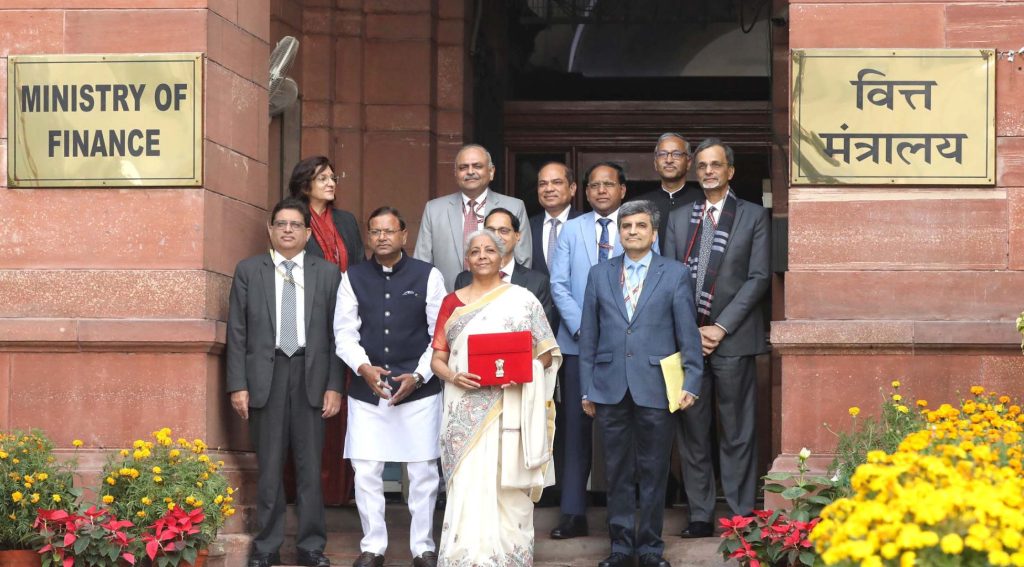
By now, a lot has been written on this year’s union budget 2025. It still bears reiterating that the presentation misses a crucial opportunity on climate adaptation for India’s large vulnerable communities.
Though the announcement of the National Mission on High Yielding Seeds, sounds like a good idea, it could fail to take off, if the allocation is less than Rs 2000 crore. According to the announcement, the mission will focus on enhancing research, developing pest-resistant and climate-resilient crops, and ensuring the commercial availability of over 100 improved seed varieties released since July 2024. A substantial amount of investment is needed in agricultural R&D to produce seed varieties that are not only drought- and flood-resistant and high-yield but also focus equally on micronutrient content. Quality should not be lost in favor of quantity. An all-round focus means enhanced outlays or spreading resources too thin to make any substantial difference.
Again, while the announcement of a 2nd gene bank for 10 lakh germ plasms is a welcome move and should focus on native breeds that are flood and drought resistant while supporting the tiny local gene banks that some visionary farmers have been building.
The announcement of supporting agricultural practices in 100 climate-impacted districts, under the Pradhan Mantri Dhan-Dhaanya Krishi Yojana, to combat low productivity and boost agricultural output, promoting crop diversification, and enhance post-harvest storage combined with enhanced credit availability for farmers has the potential to be a game changer. Modernizing agriculture and diversifying rural income sources with improved credit access, can reduce the risks of climate variability while increasing productivity. The six-year Mission for Aatmanirbharta in Pulses reinforces this approach by seeking to leverage past successes in food security and sustainable practices.
The reforms can be complemented by the Rural Prosperity and Resilience programme that seeks to to generate diverse employment opportunities in rural India, according to the minister. Focus on under-employed groups—including rural women, young farmers, and landless families—and incorporating global best practices and multilateral support, can help improve long-standing economic vulnerabilities, making more resources available to climate-hit communities.
The other key announcement amongst all the others is the renewed focus on nuclear energy. While it will diversify the country mix and is crucial to meet the rising demand energy, the hurdles remain – liability clause in the act and the country’s unstated ambitions on the nuclear weapons side.
The journey from 8.2 GW (current capacity) to 100 GW in 22 years will require constant handholding, unlike the solar and wind sectors which have taken off in the recent years and have the capacity to deliver diversification in the short term. Renewed push on the energy storage is another crucial ask.
Building on previous years’ progress, the announcement of the National Manufacturing Mission is a positive step toward achieving self-reliance in the clean energy transition in the long run. The reduction in basic customs duty on various waste and scrap of critical minerals, including lithium-ion batteries, are welcome moves that will strengthen the critical mineral availability for the domestic production of key components such as solar PV cells, batteries, and wind turbines.
Gayatri Ramanathan is an ESG consultant and adjunct faculty at Global Risk Management Institute, Gurgaon











